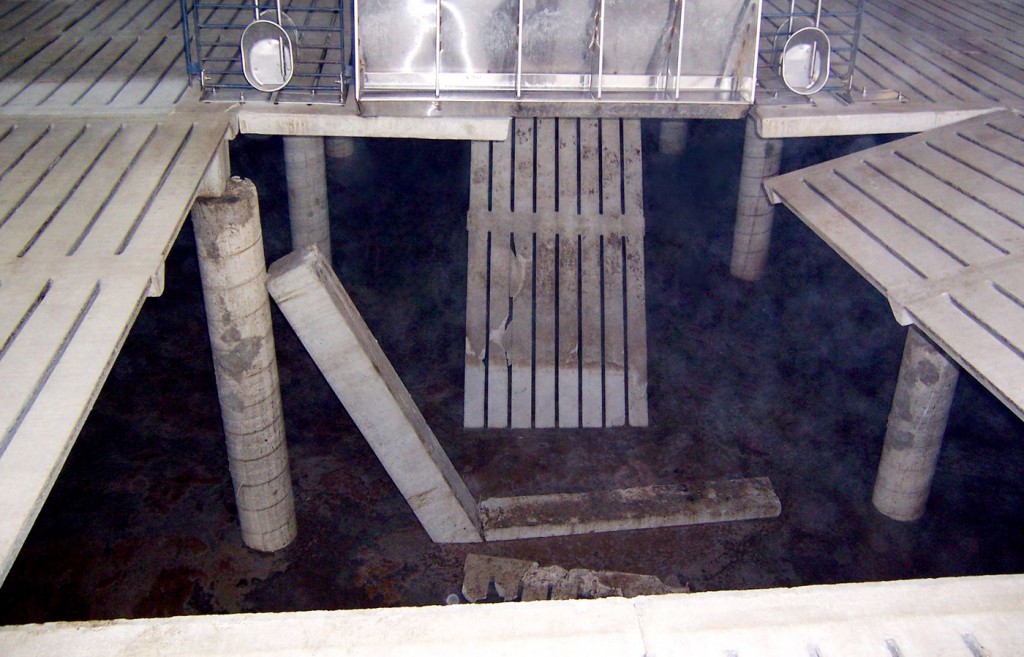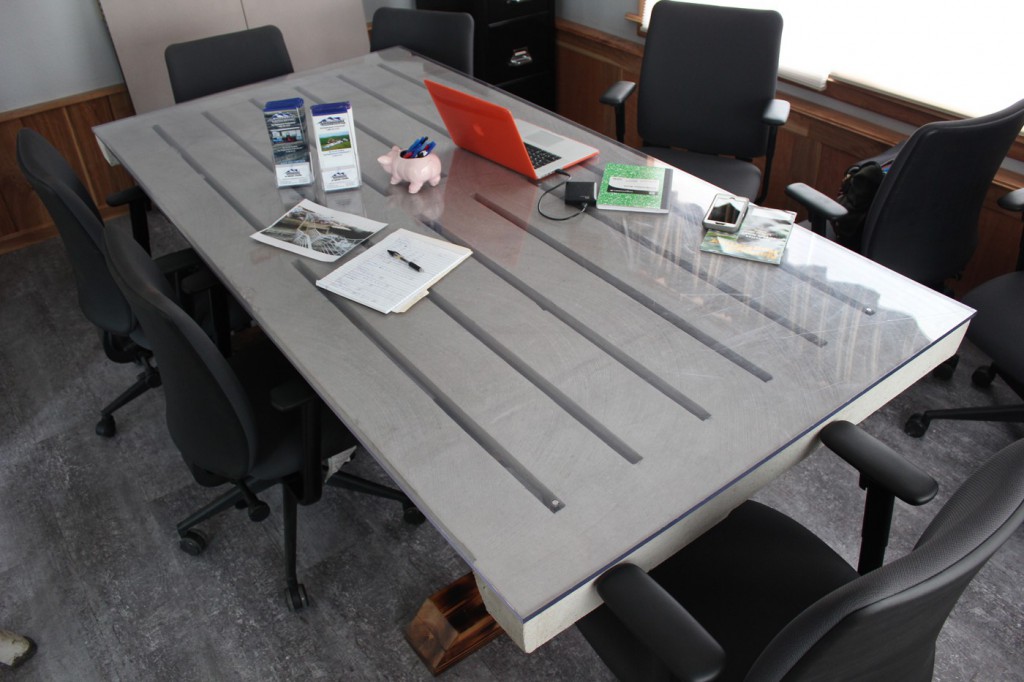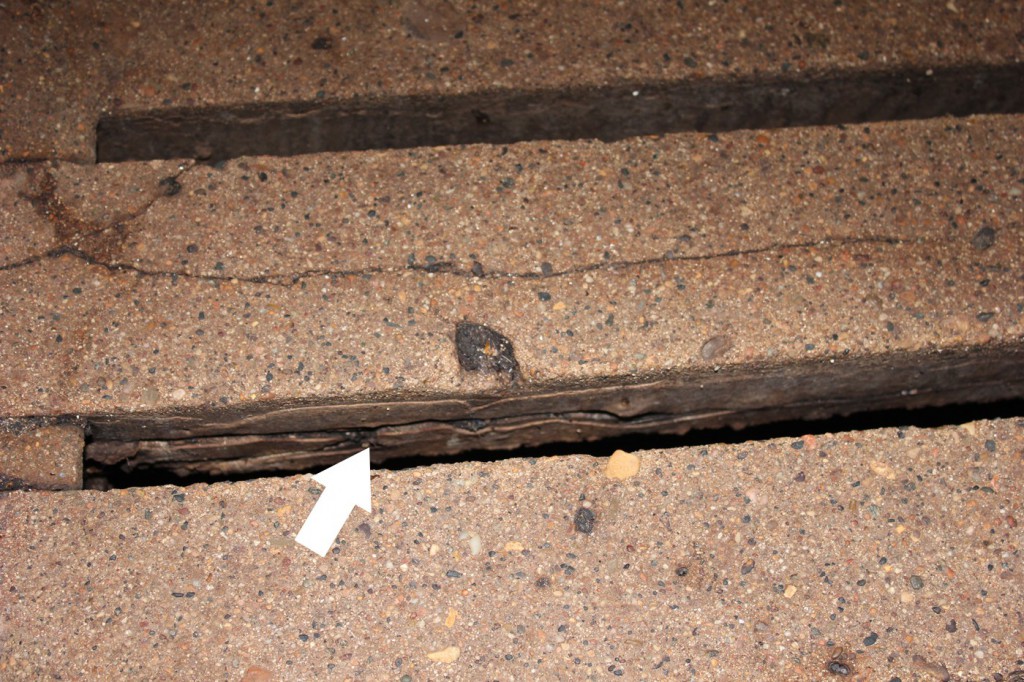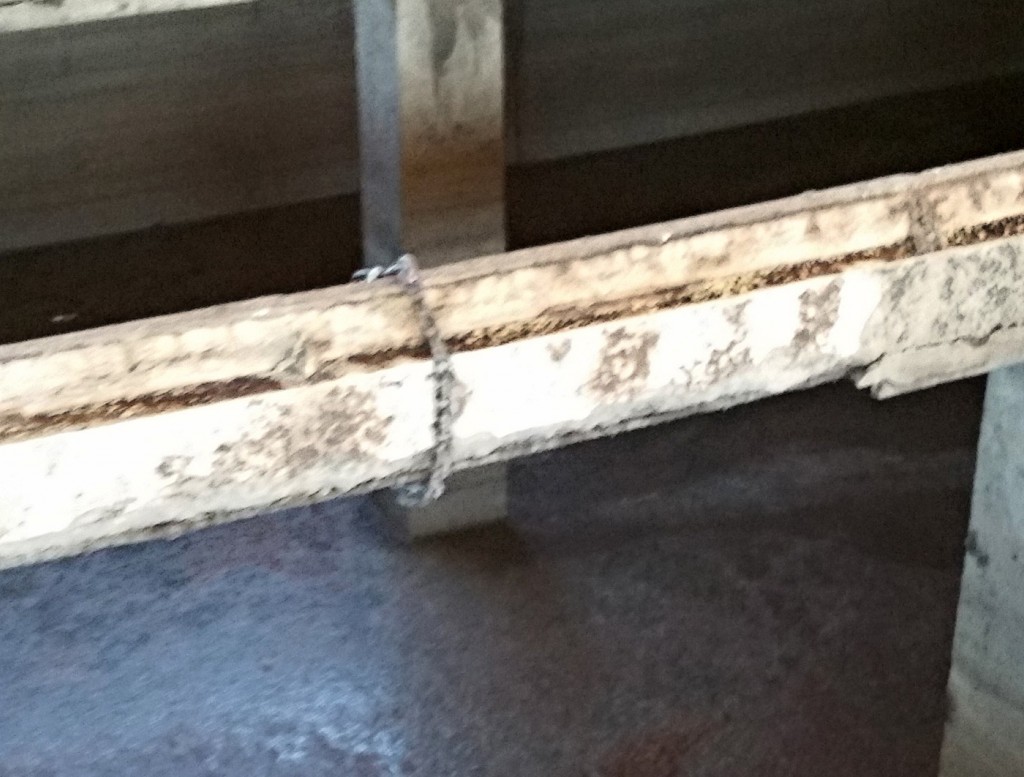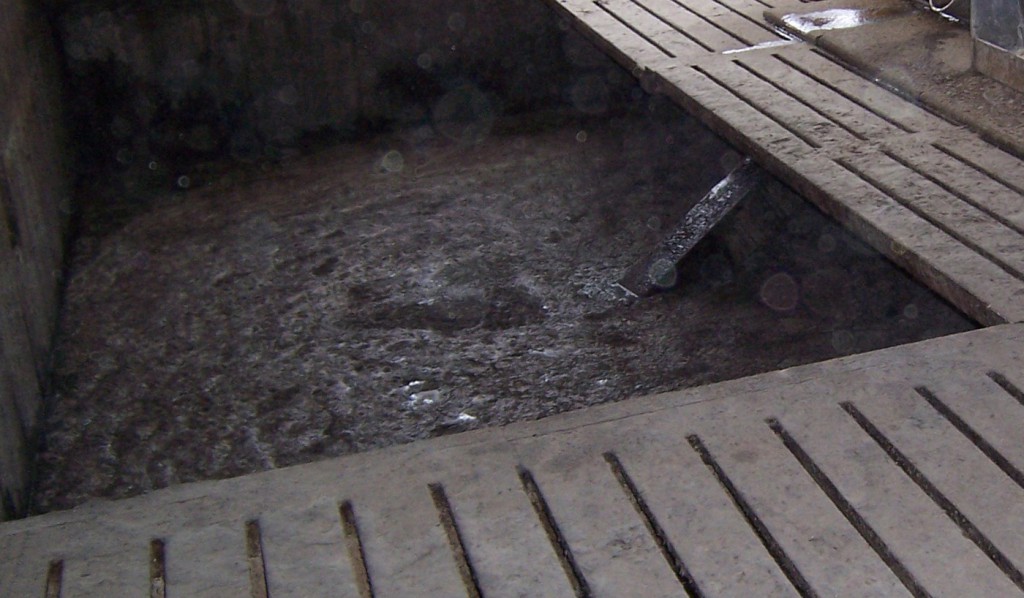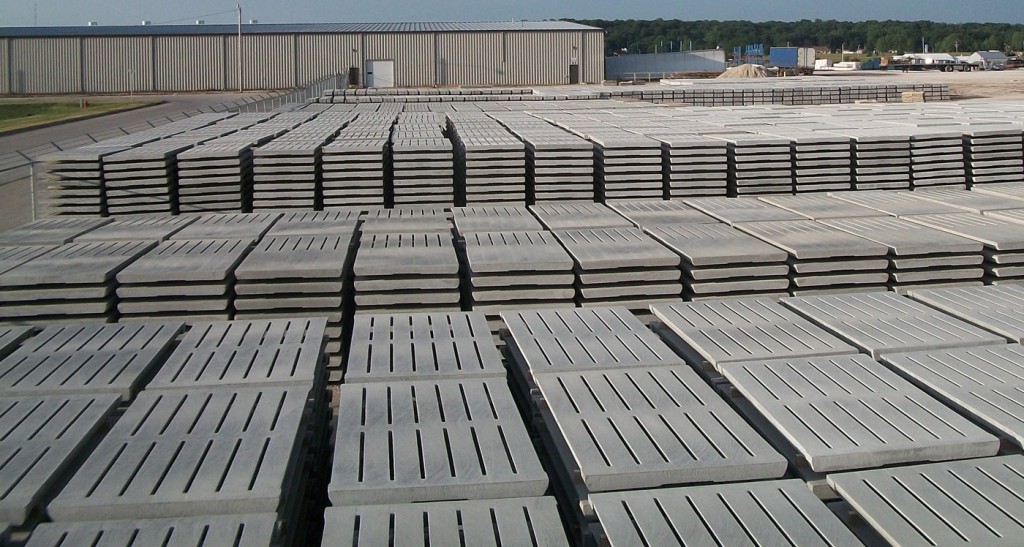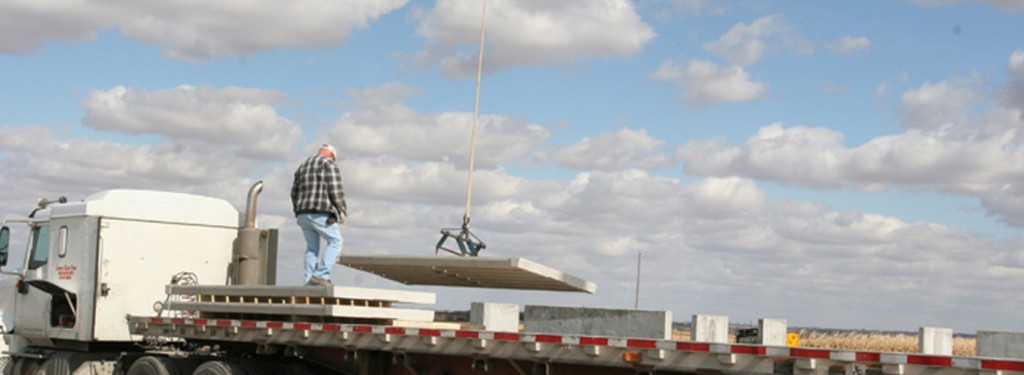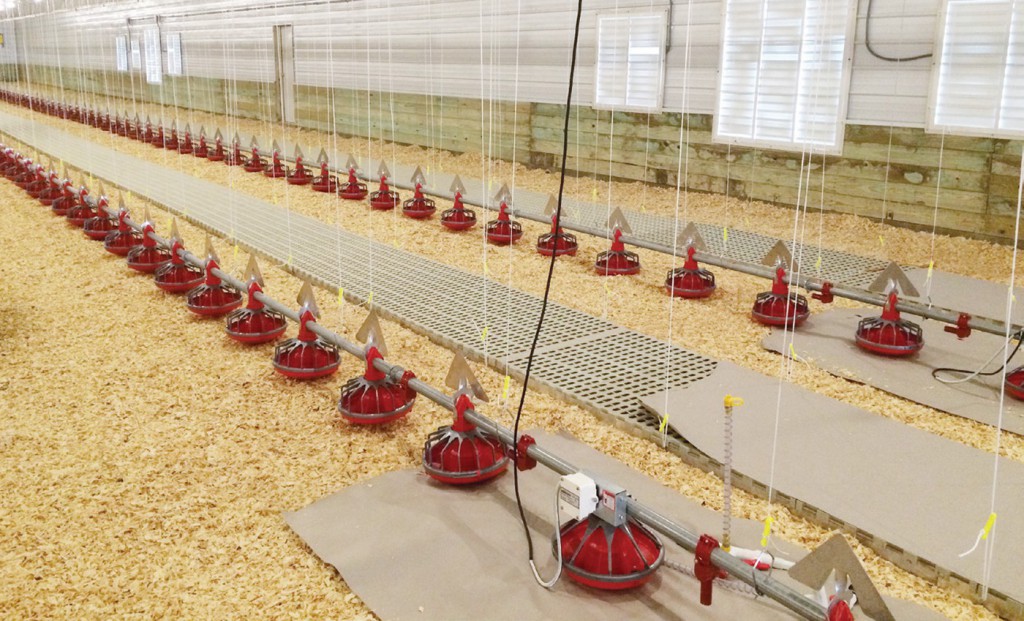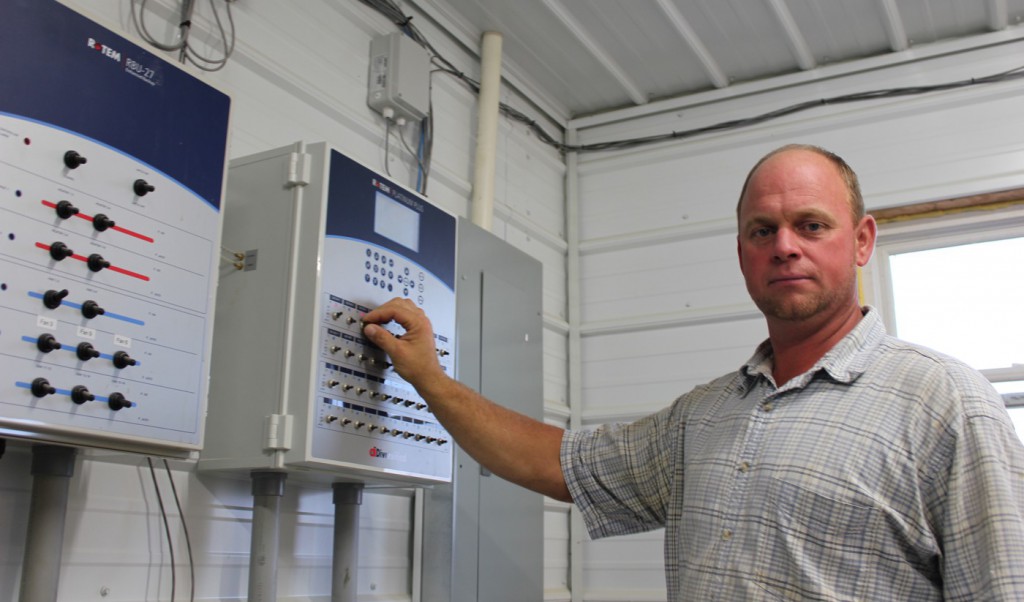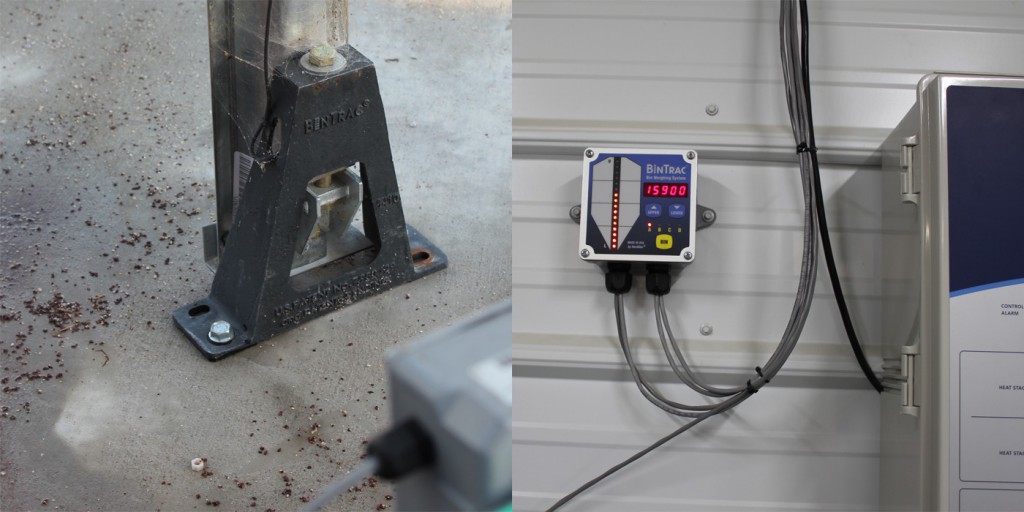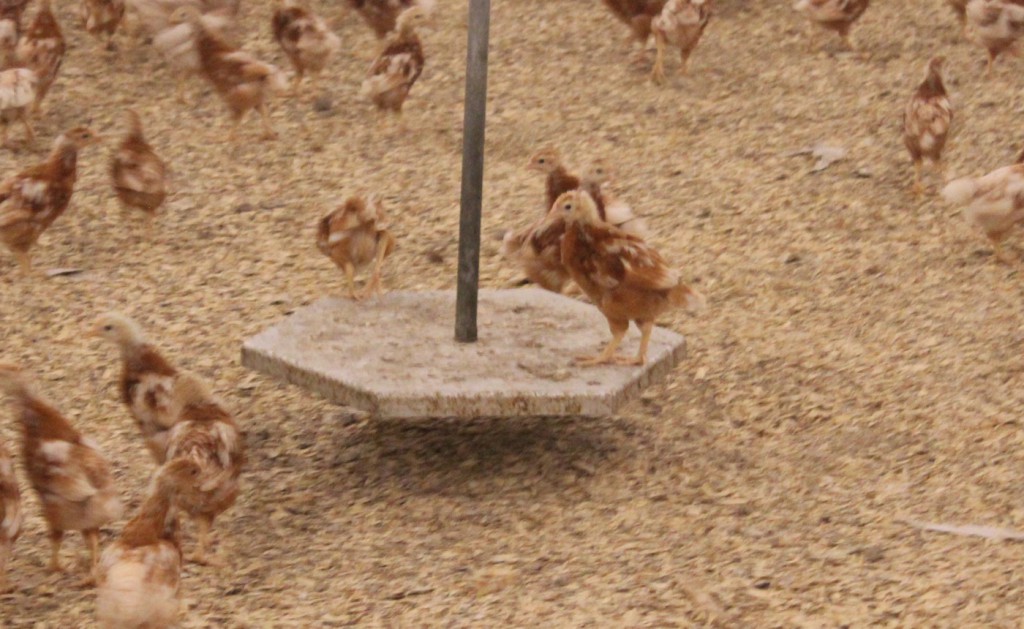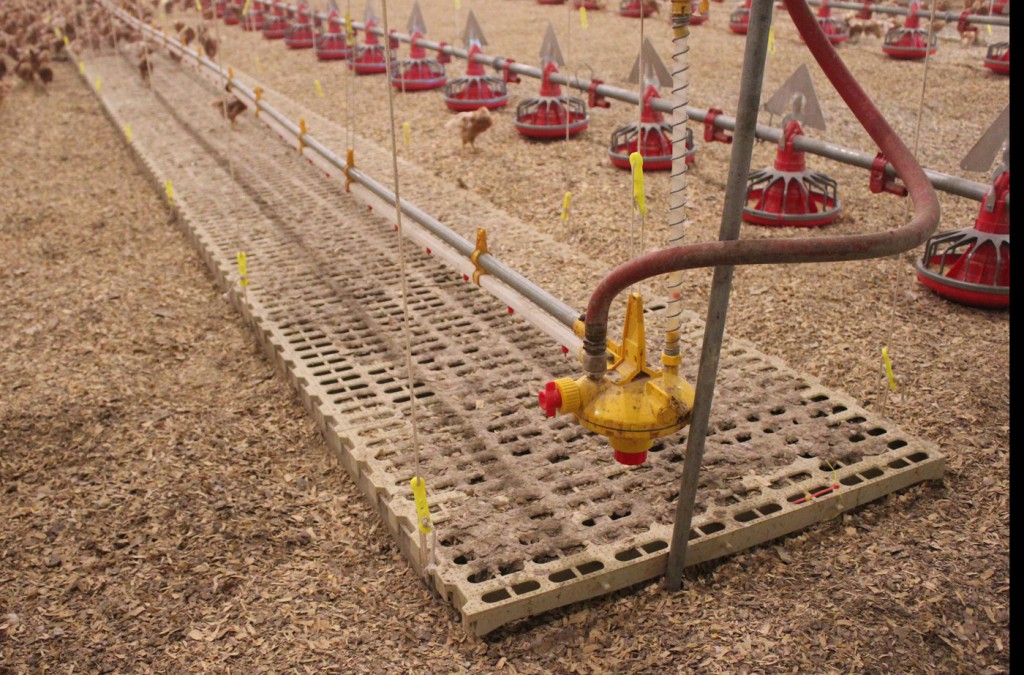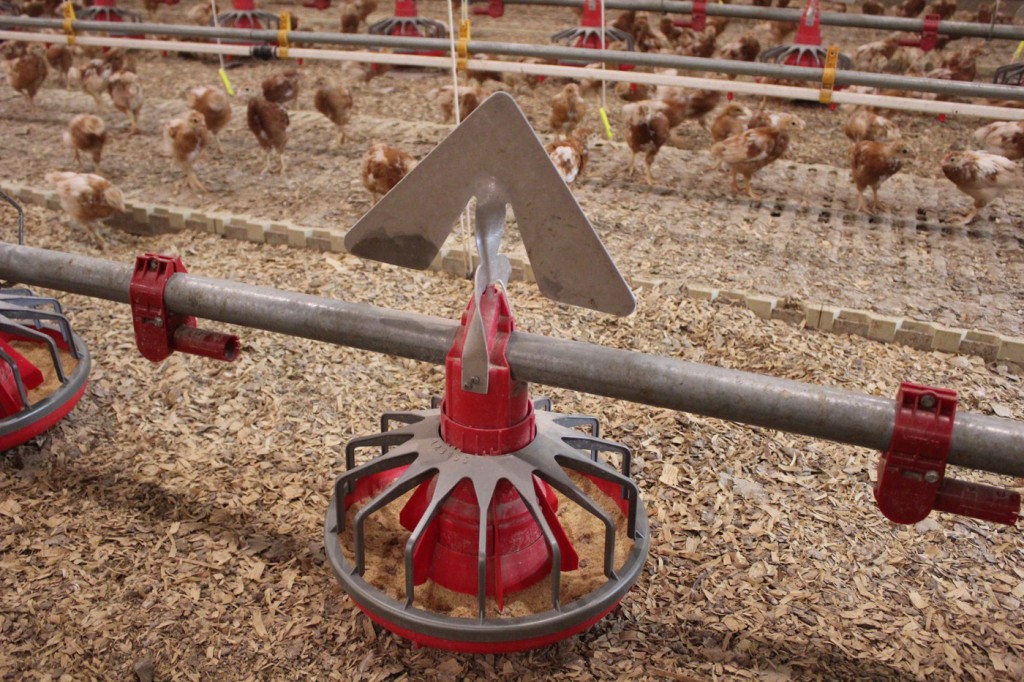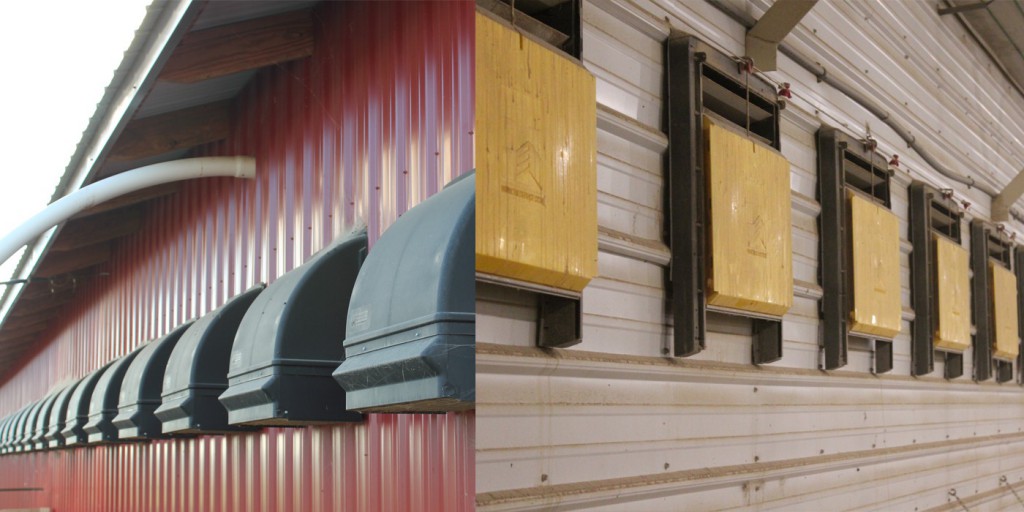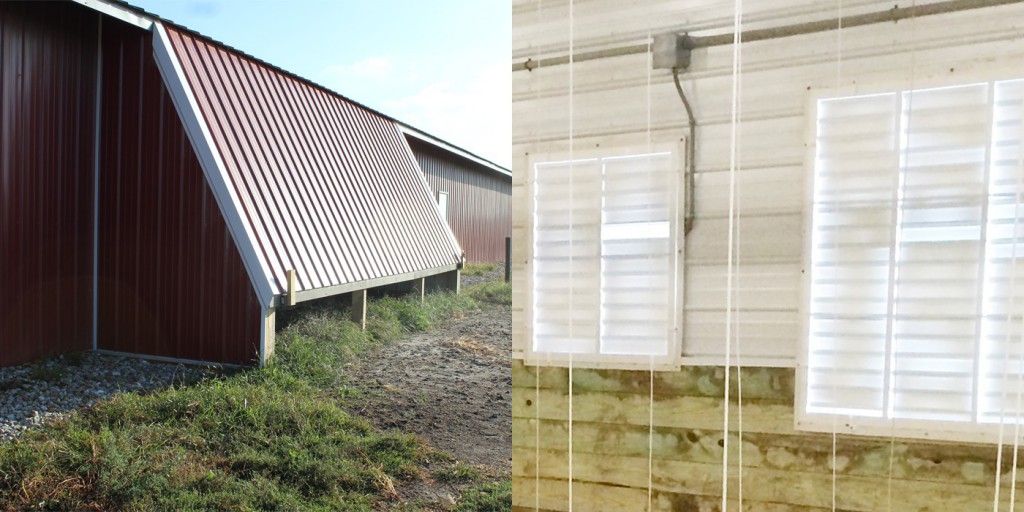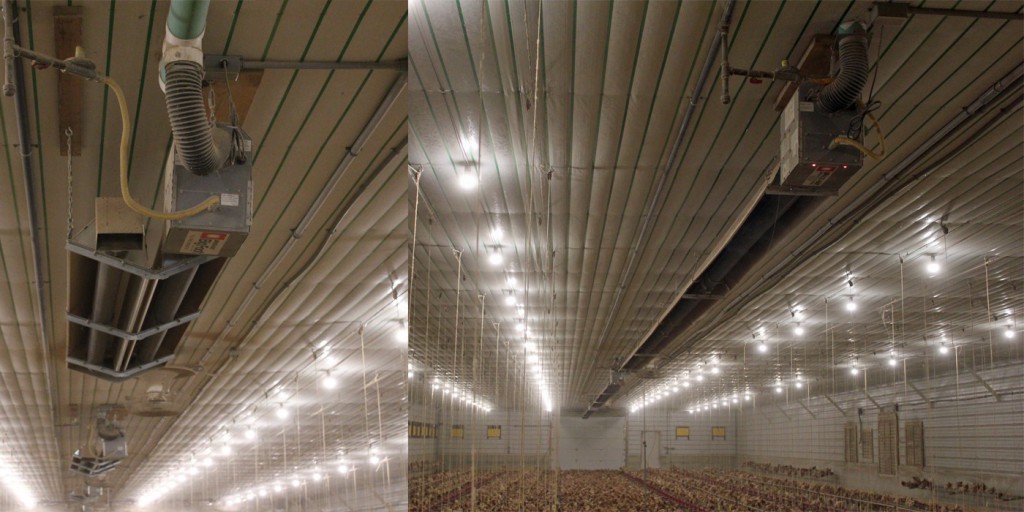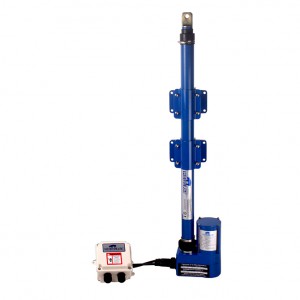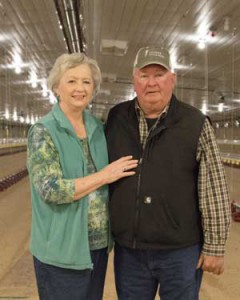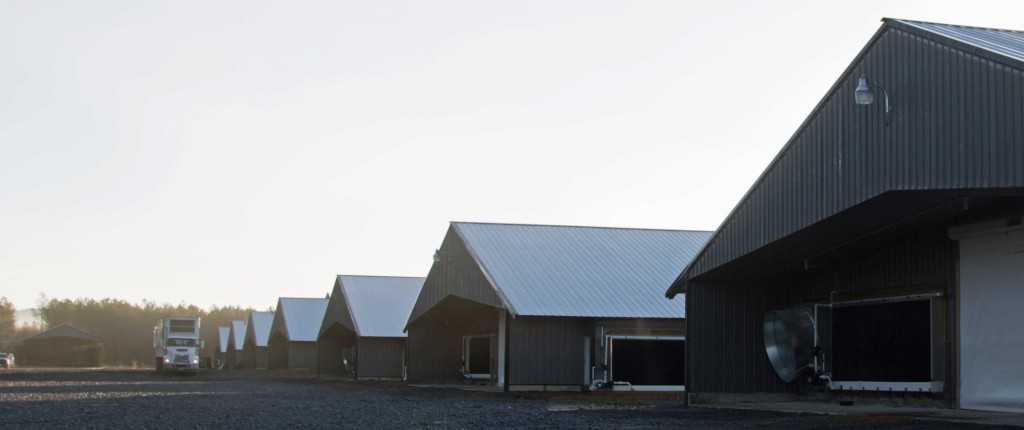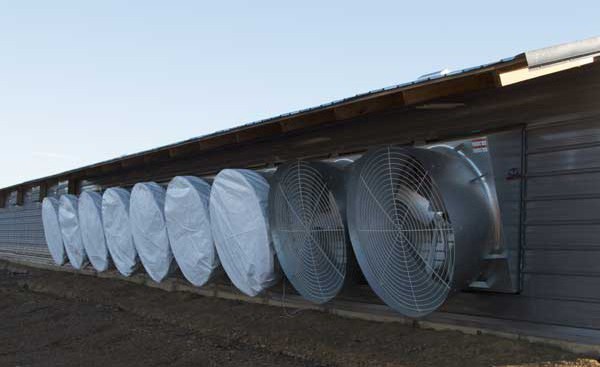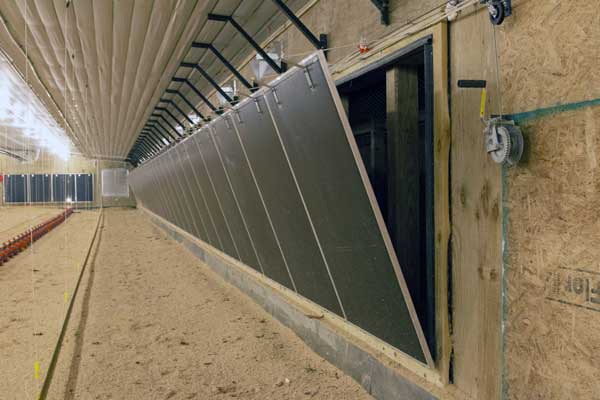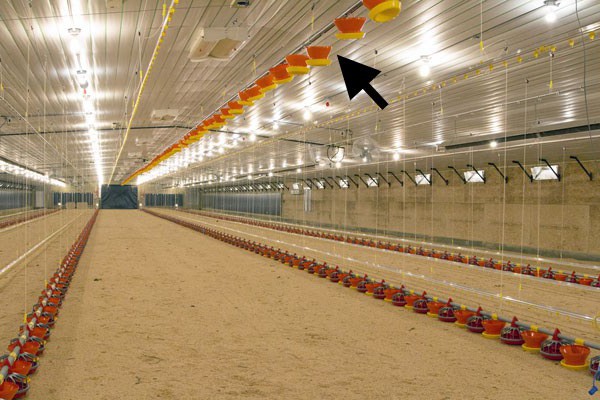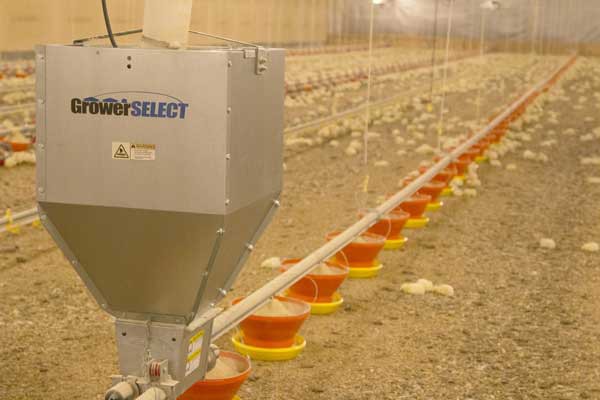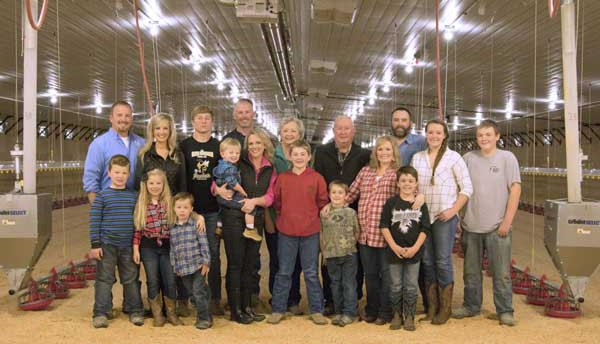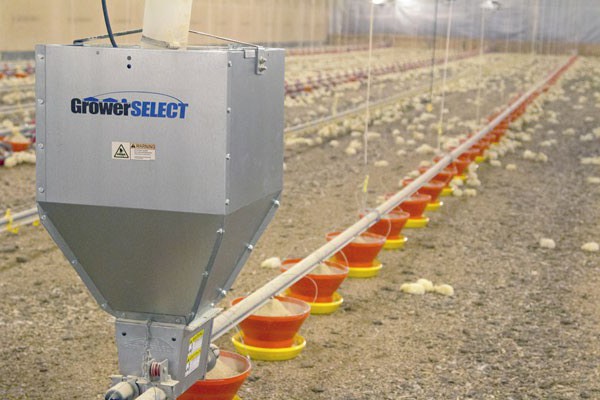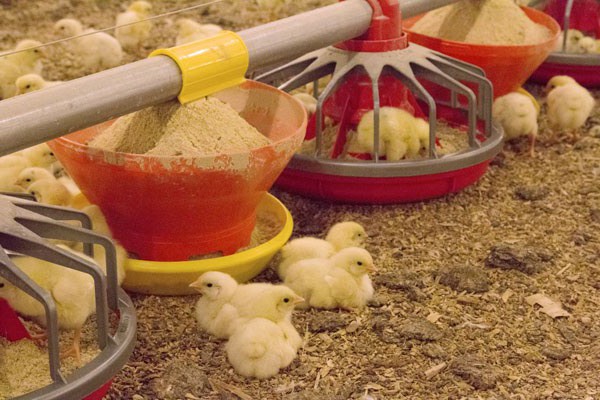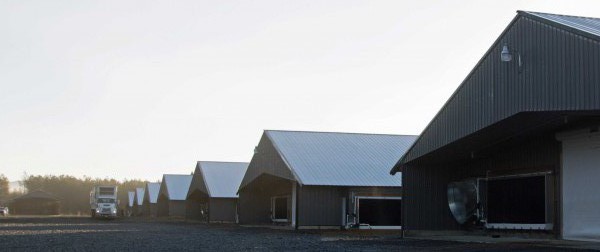When a local FFA chapter asked for industry support, Georgia Poultry's Heath Whiddon jumped at the chance. Heath explained, " My involvement in FFA throughout my middle school and high school year shaped my career path in animal agricultural. After graduating from UGA, I worked for Perdue Farms before joining Georgia Poultry as outside sales rep."
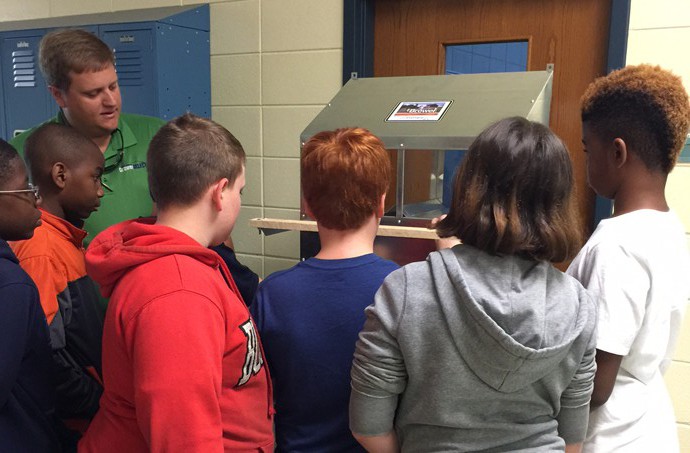 Heath and kids examine 4-hole nest used in chapter project
Heath and kids examine 4-hole nest used in chapter project
Clifton Ridge Middle School in Macon, GA recently started an FFA chapter and chose as their SAE (Supervised Agricultural Experience) a project involving laying hens. Local Perdue Farms Director of Operations, Wally Hunter and live production manager, Tim Little alerted Heath about the project and joined with Georgia Poultry in supplying the school with a 4-hole and 10-hole nest.
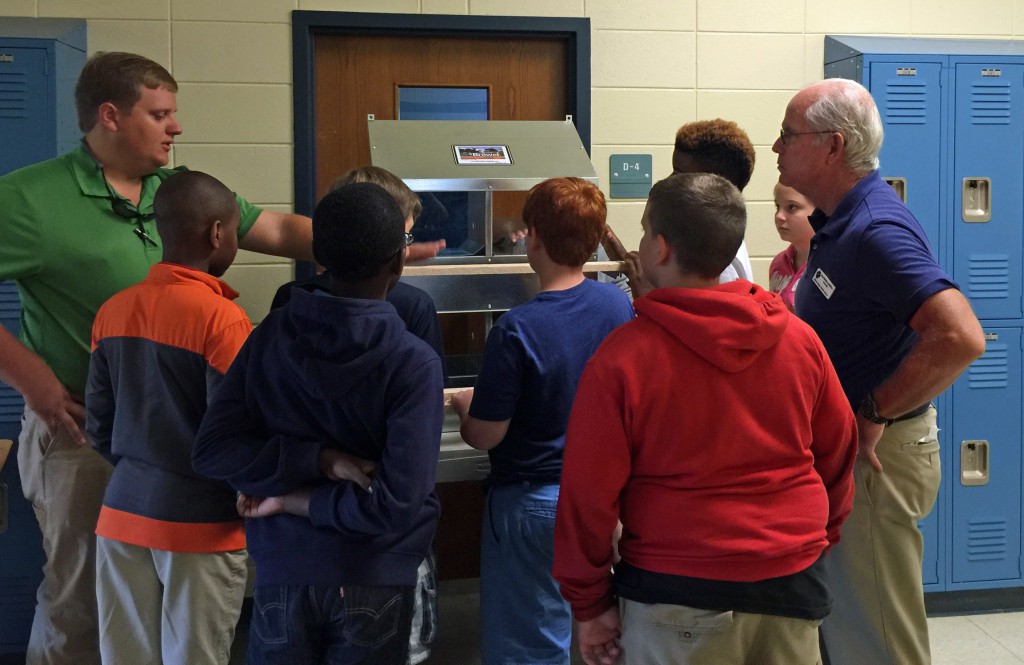 FFA advisor, Rick Burrell looks on as Heath highlights nest features.
FFA advisor, Rick Burrell looks on as Heath highlights nest features.
Heath bought the nests to Clifton Ridge and met with the students and FFA advisor, Rick Burrell. " I assembled the 4-hole to show the kids so they could build the 10-hole unit on their own, "said Heath. " I took a few minutes and explained how vertical integration worked and answered the questions from the kids. They were especially interested in how my FFA involvement helped my career in the poultry industry.... and they also wanted to know what farmers did with the chicken litter." Heath continued, "Getting kids involved is critical to the future of our industry. I was glad for the opportunity to help out, and hopefully, we see some of the kids enter the poultry business down the road."
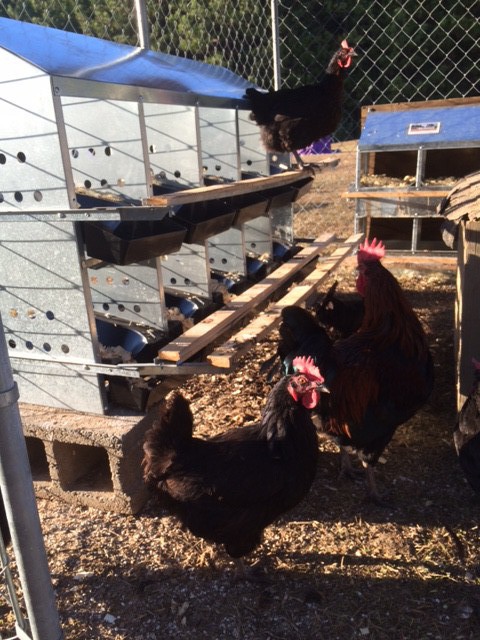 Clifton Ridge hens adapt to new nests
Clifton Ridge hens adapt to new nests
The project currently involves 12 laying hens of different breeds with the students offering eggs for sale to the school faculty and district personnel.












 Україна
Україна Méjico
Méjico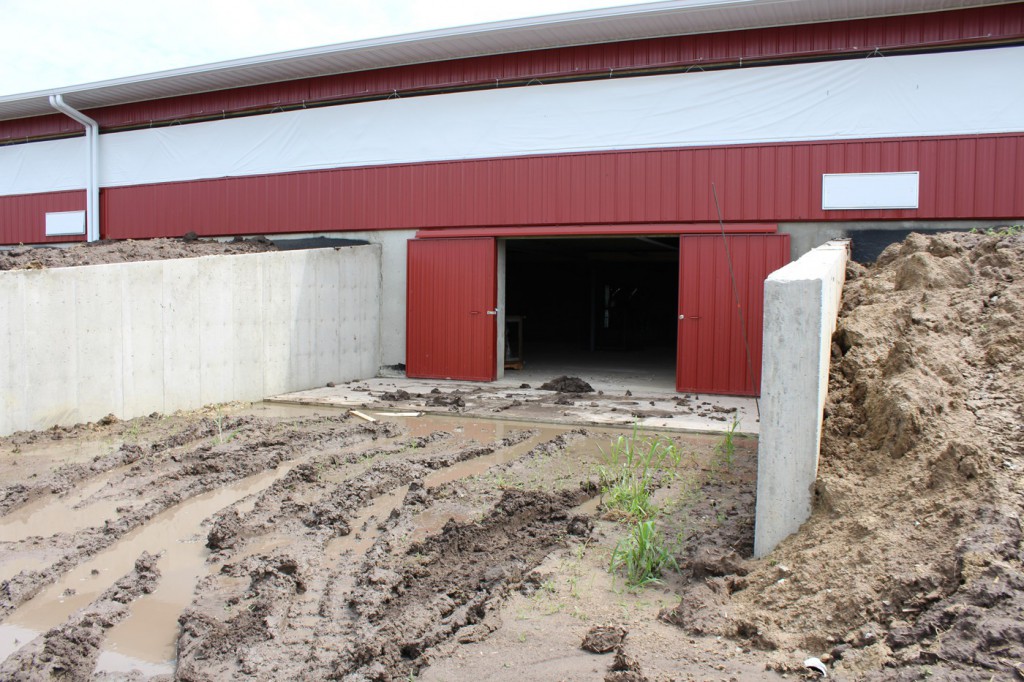 Access door to manure pit
Access door to manure pit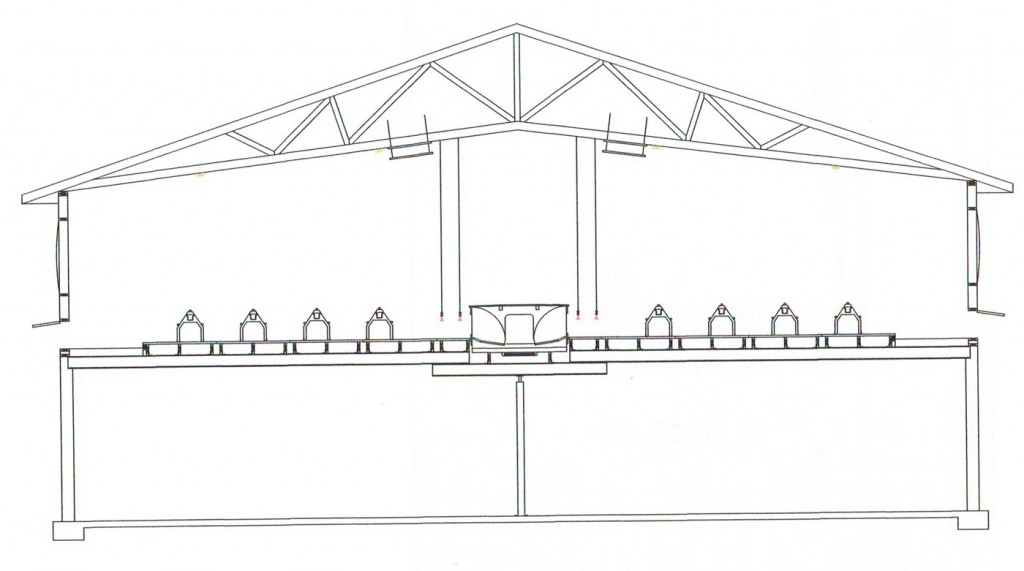 Cross section with plastic flooring and nests suspended above pit
Cross section with plastic flooring and nests suspended above pit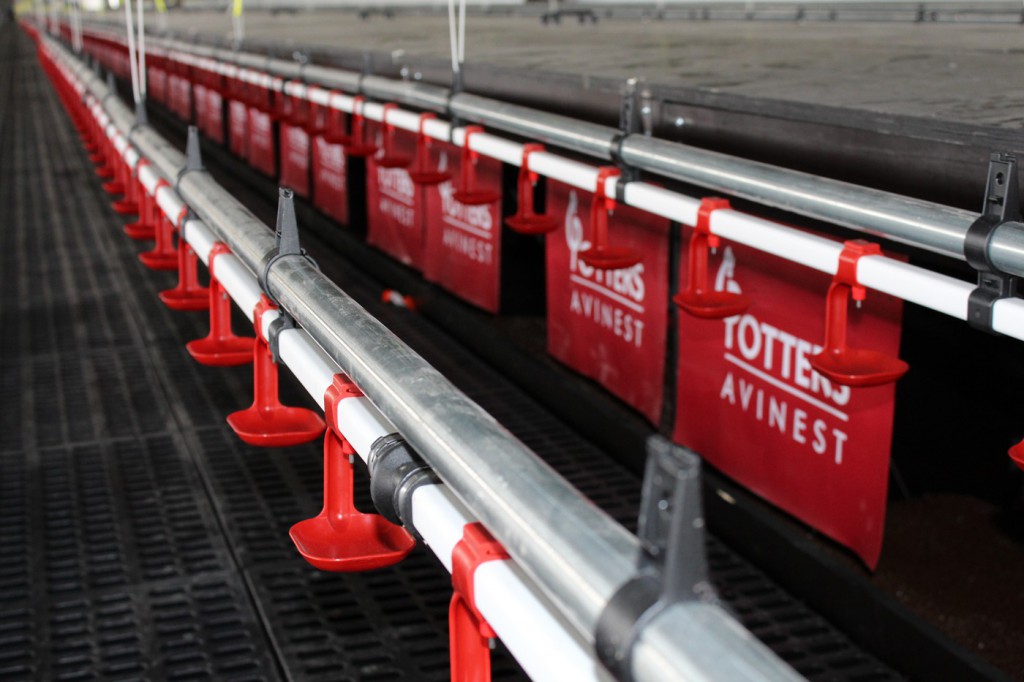 Potter's colony nests
Potter's colony nests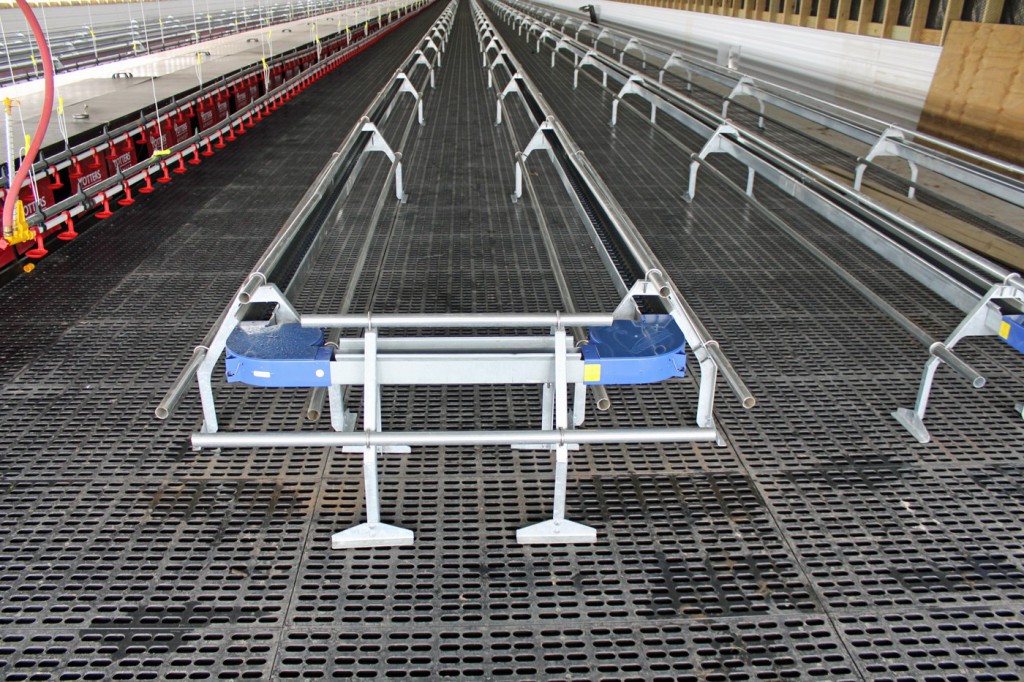 GrowerSELECT chain feeder with additional roost bars located on plastic flooring.
GrowerSELECT chain feeder with additional roost bars located on plastic flooring.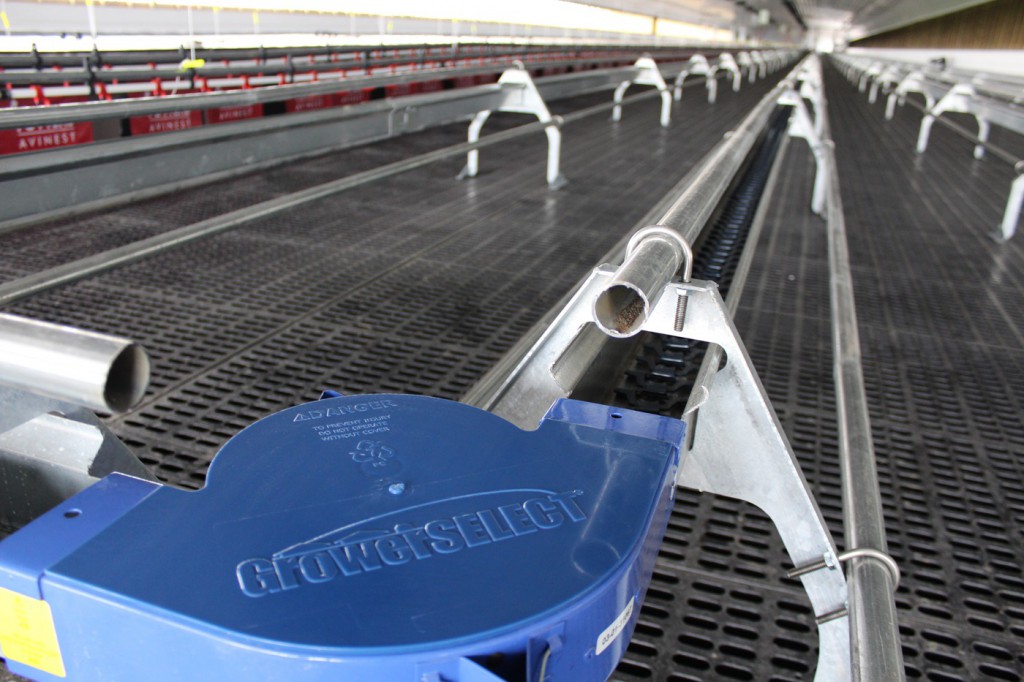 Unique triangle supports used on the GrowerSELECT chain feeding trough provide additional roosts for the hens.
Unique triangle supports used on the GrowerSELECT chain feeding trough provide additional roosts for the hens.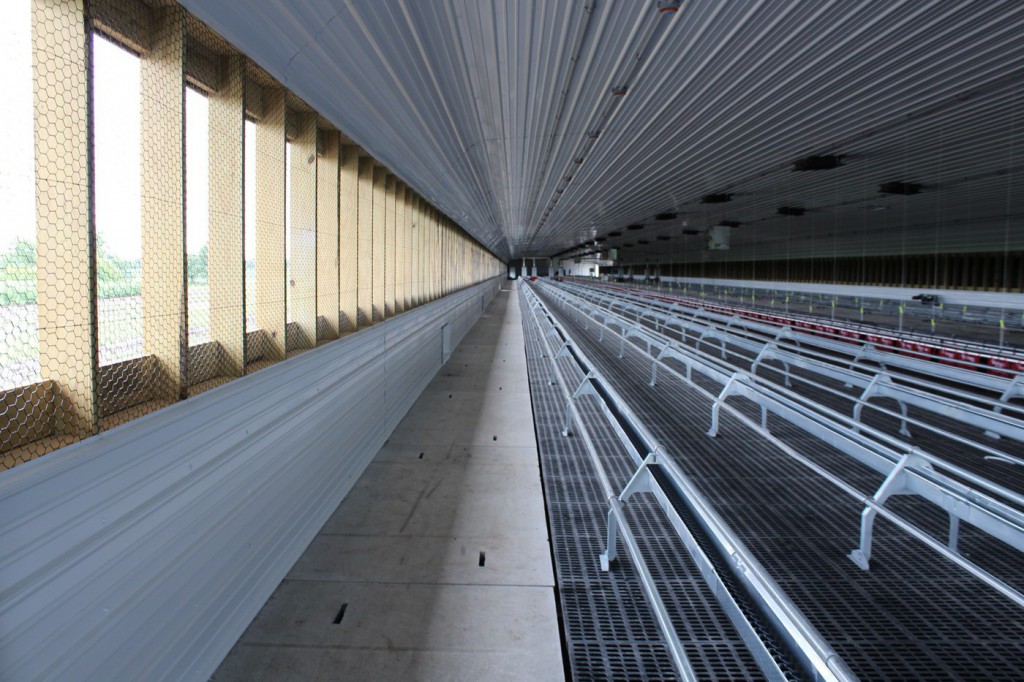 Precast concrete scratch area
Precast concrete scratch area 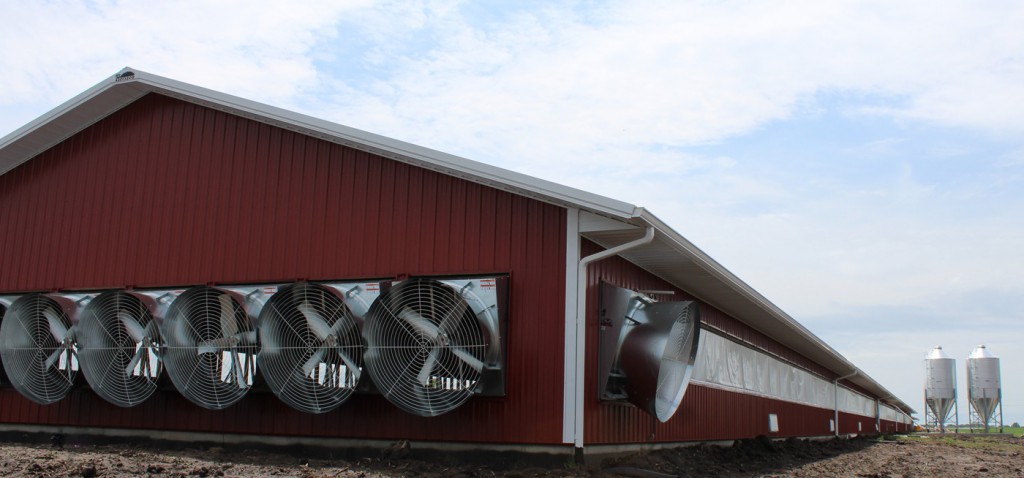 Windstorm galvanized fans with sidewall curtains used in the natural/ power ventilation system
Windstorm galvanized fans with sidewall curtains used in the natural/ power ventilation system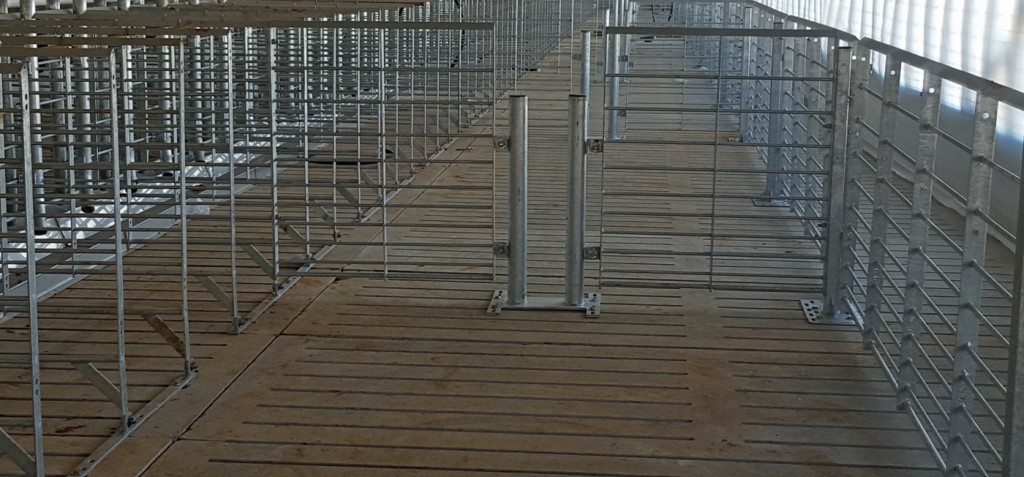
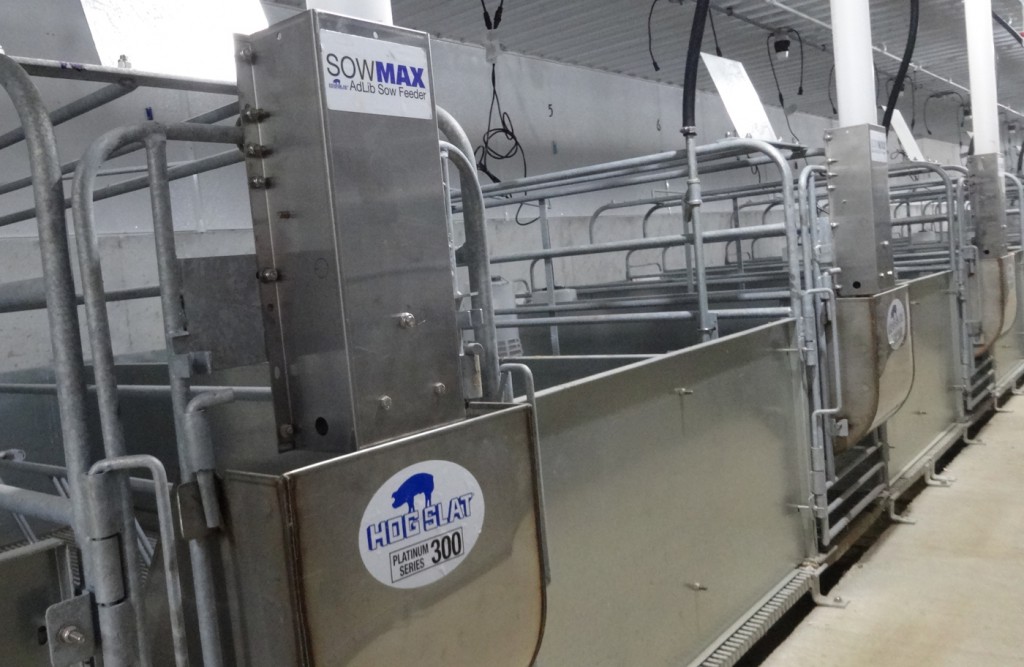
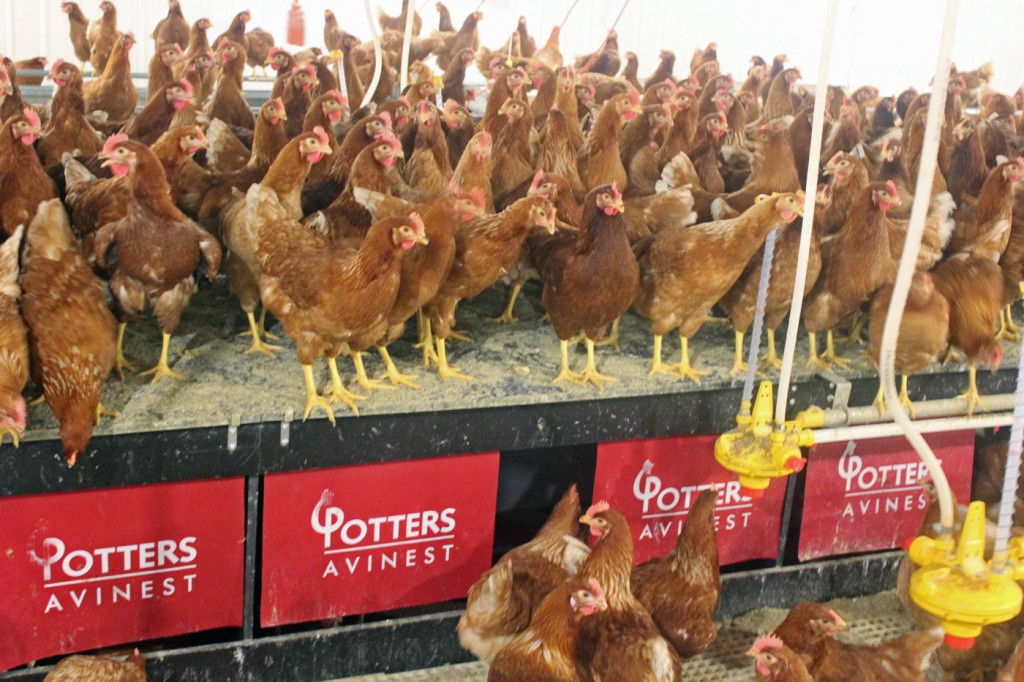 Potter's colony nests
Potter's colony nests Side doors allow chicken access to outdoor pasture
Side doors allow chicken access to outdoor pasture
 Raised flooring with either pan feeders or chain feeding
Raised flooring with either pan feeders or chain feeding Windstorm 36" panel fans and 54" exhaust fans
Windstorm 36" panel fans and 54" exhaust fans Automated access doors to outside runs with portable shades outside.
Automated access doors to outside runs with portable shades outside. Manual egg packer and automatic version
Manual egg packer and automatic version